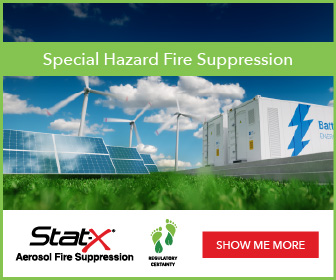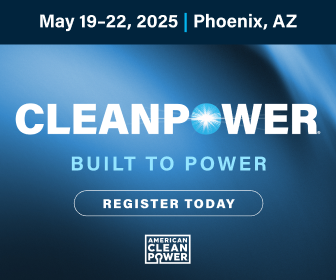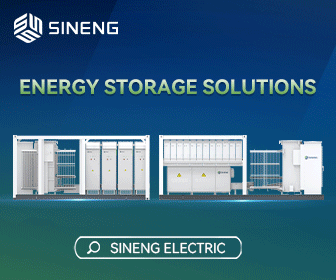Linear Generators Tackle EV Charging Infrastructure Buildout
The share of electric and hybrid vehicles on the road in the United States has been rising dramatically in the last few years. With significant growth of the American market for EV passenger cars taking hold since 2018, fleet operators are also shifting their collective attention to rapid electrification of their cars, vans, buses, and trucks.
Fleet electrification is no small undertaking. U.S. corporate fleets are projected to operate more than 15 million EVs by the year 2040, with 60 percent of European operators planning to electrify their fleets within the next 10 years. Charging a small fleet of 50 class 8 electric trucks requires approximately 5 megawatts of power — roughly the same as powering 800 homes.
Securing the necessary, cost-effective, and reliable charging power to support this level of fleet transformation remains a persistent challenge in three critical ways: the speed of adding new electrical power for charging; the cost and price volatility of electric power; and system resilience against power outages.
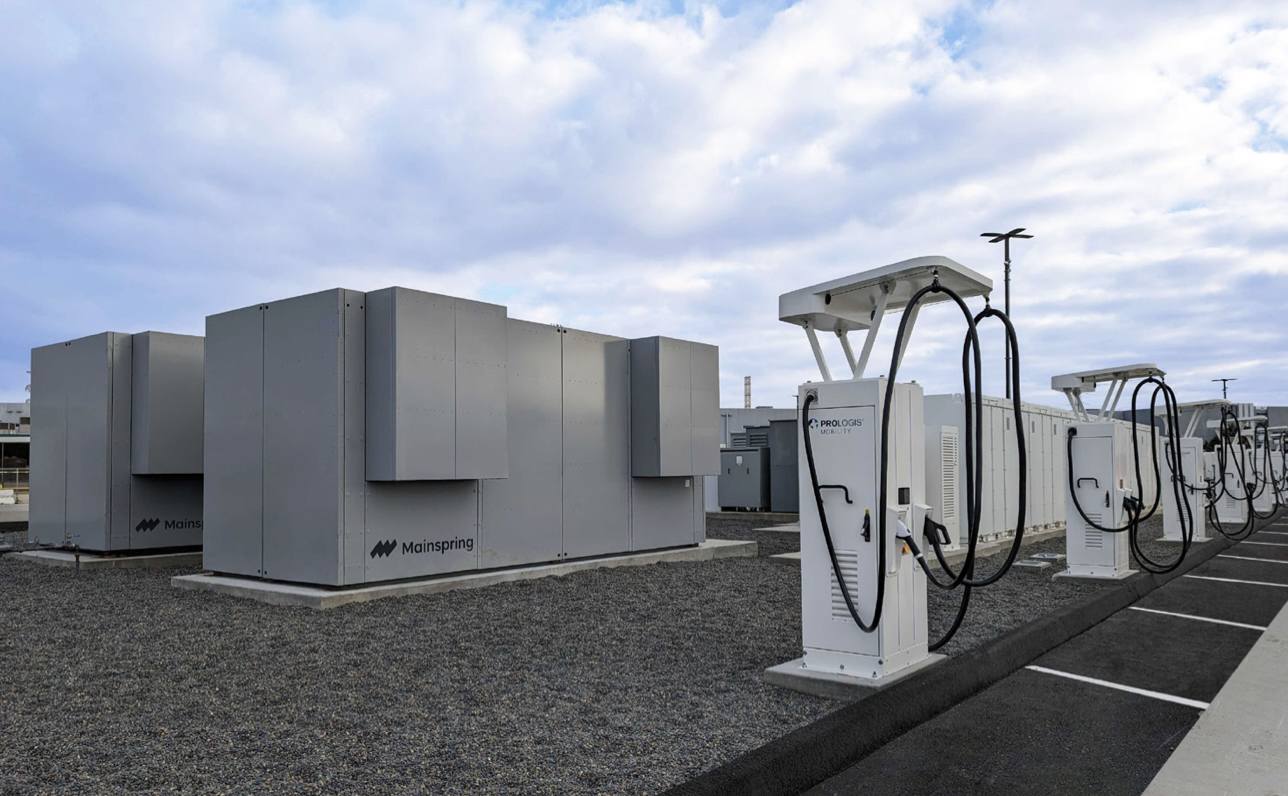
Speed
The first of these challenges, also known as “speed to power,” is an increasingly common roadblock. In many places, local electric grids lack the capacity needed to charge large numbers of vehicles simultaneously, and the process of upgrading the grid can take years to complete. Utility paperwork and permitting takes the first year or more, followed by another year or more to manufacture the corresponding multi-megawatt equipment. Larger projects can take years longer. In fact, a three- to five-year lead time for grid power is not an infrequent quote.
For fleet operators serious about electrification, onsite power is the primary alternative to grid power, a solution moving quickly to the forefront for fleet providers due to its significant advantages. Linear generators, a field-tested, innovative category of onsite power generation, provide a highly flexible solution to meet fleet demands. With very low emissions, ability to run any gaseous fuel without retrofit, and easy scalability to any project size, linear generators allow for operationalizing multiple MW of charging within a matter of months, rather than years. They are the key power component in an onsite microgrid, enabling rapid deployment of large-scale EV charging.
Cost control
The second major challenge in building out large-scale charging is the cost of electricity. Complex electric grid rate structures reduce the cost predictability and control that operators are used to with the typical long-term purchase agreements for gasoline, diesel, and natural gas. Unlike the cost of fuel, the cost of grid power is highly dynamic with time of use rates and demand charges. “On peak” power can be 3-4x more expensive than off-peak power.
Opportunity cost factors in, as well. The longer the wait to power EV fleets, the higher the cost of missing out on incentive grants, subsidies, and rebates available to defray electrification costs on a first-come, first-served basis. Speedier deployment of charging infrastructure with onsite power generation can tangibly and significantly reduce cost.
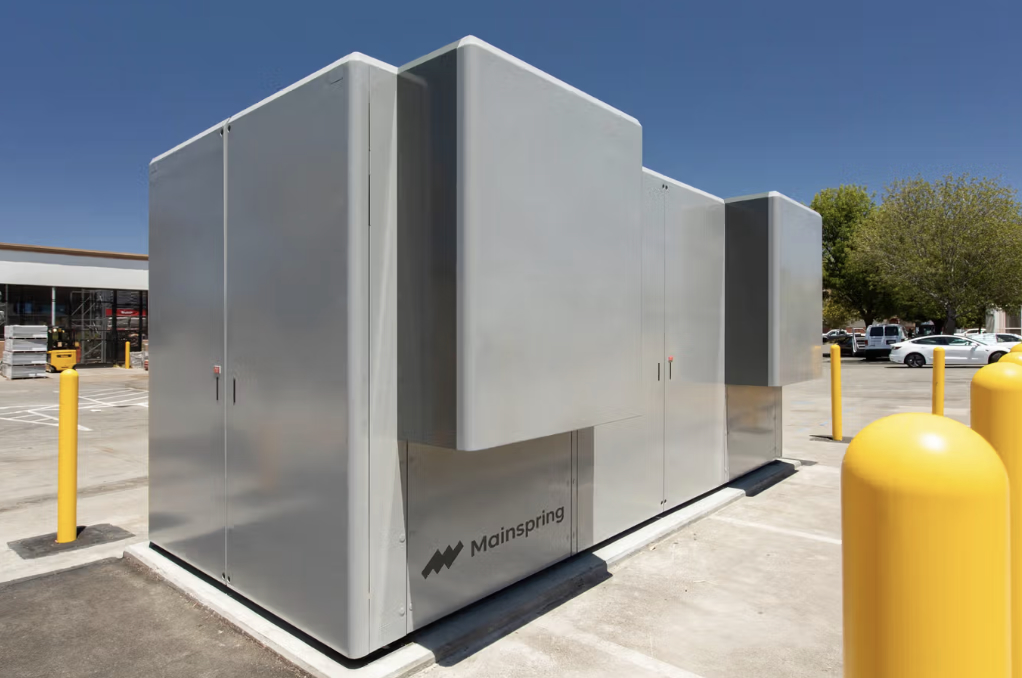
Onsite microgrids with linear generators shift the cost predictability and control to fleet operators, allowing them to avoid these complex utility rate structures and minimize opportunity costs.
Resilience
In addition to accelerating the timeline to deploy charging infrastructure and avoiding price volatility, microgrids with linear generators also provide operators with high power resilience. As power outages become more frequent, resilient onsite microgrids keep the fleet running when the grid is down. While diesel generators can also meet this need, they generate high levels of air pollution and cannot run indefinitely due to their high emissions profile. Batteries can also be helpful but are limited to providing backup power for a short timeframe. In contrast, linear generators can switch between different fuels, including renewable gasses, and they supply energy consistently and with low emissions year-round.
Onsite, fuel-flexible power with linear generators can enable necessary charging infrastructure with the expediency, cost, and resiliency required for fleet management. It cuts down the time needed to deploy reliable charging systems, reduces costs both in the short and the long run, and increases system resilience. Operators are seeking timely charging solutions for their EV fleets now. Microgrids with linear generators are here today with a cost-effective, fast and practical solution.
Anders Thulin is Business development lead of local power generation for EV applications at Mainspring Energy, which provides generators to improve energy independence.
Mainspring Energy | www.mainspringenergy.com
Author: Anders Thulin
Volume: 2025 January/February









